Vision in the field
Photography from social anthropology
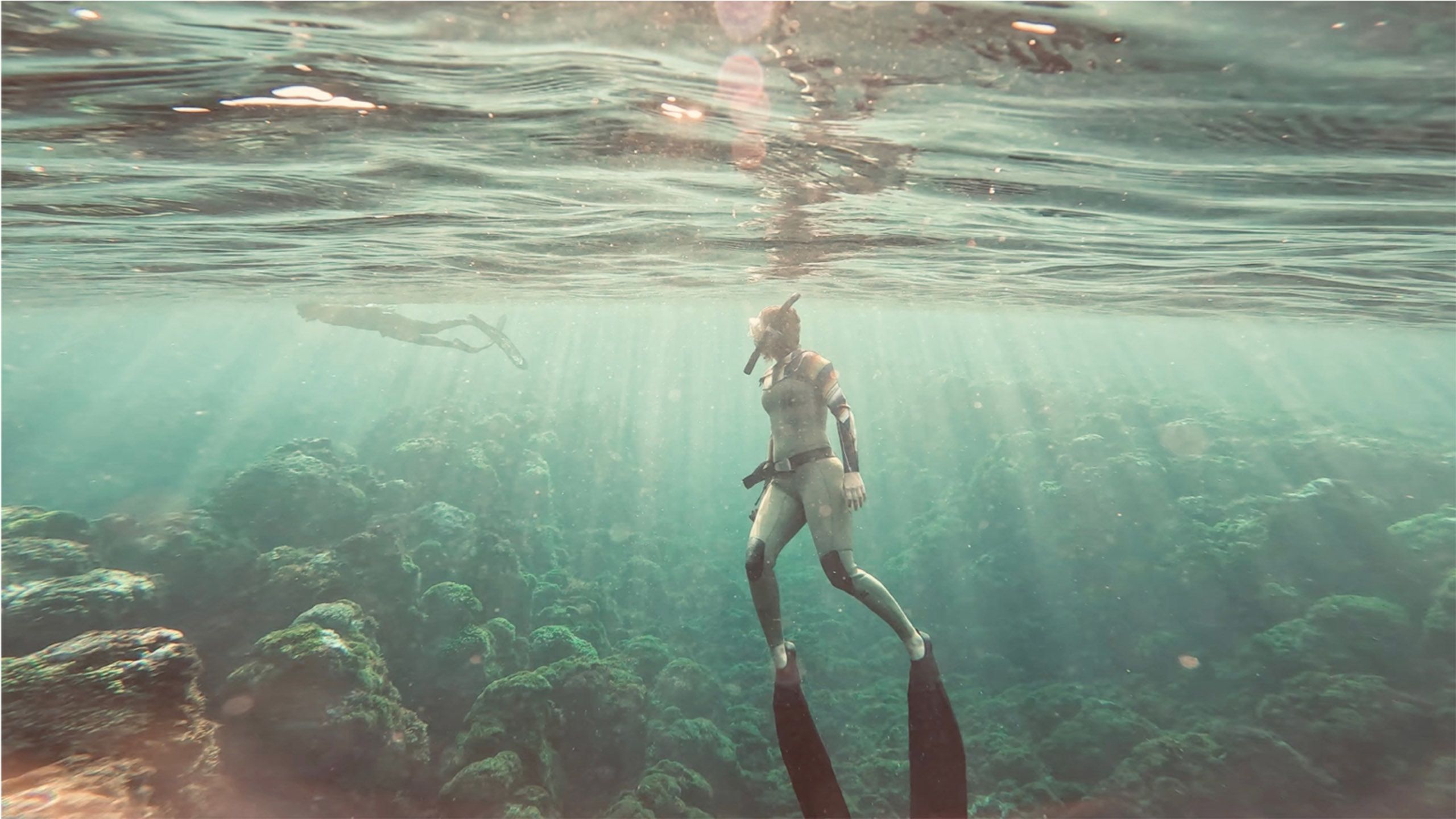
The University’s Department of Social Anthropology studies how people live: what they make, do, think and the organisation of their relationships, societies and cultures. Photography is a core part of that research.
For social anthropologists, this imagery is not just part of the story, but a source of insight into who people are.
'Without breath': Sally Montgomery
A freediver (right) ascends from a dive ‘on the line’. She is transformed by equipment that assists her immersion. A hooded wetsuit clings to her body – a second skin. Long fins morph her human legs into a mermaid-like tail. A weight-belt counter-acts her natural human buoyancy.
At around 10 metres below surface she will reach a neutral state where, with no effort, she will neither sink nor float. 'It makes you feel like you are from the sea’, she says.
"My ethnographic research is concerned with understanding the human-environment encounters on Lord Howe Island, Australia.
"Being a small Island, the lifeways of people on Lord Howe are intimately bound to the surrounding ocean which is a force that shapes their daily lives.
"Freediving is the sport of diving under water without the use of breathing apparatus, instead relying on breath-hold techniques. During my fieldwork, freediving offered a particularly interesting practice through which to observe how people might cultivate relationships with, and feelings of belonging to, the ocean."
A freediver retrieves an old tyre which she had found wedged in a coral structure. She hauled it from the water, determining that the rubber – toxic in its inevitable breakdown in the ocean – did not belong with the coral.


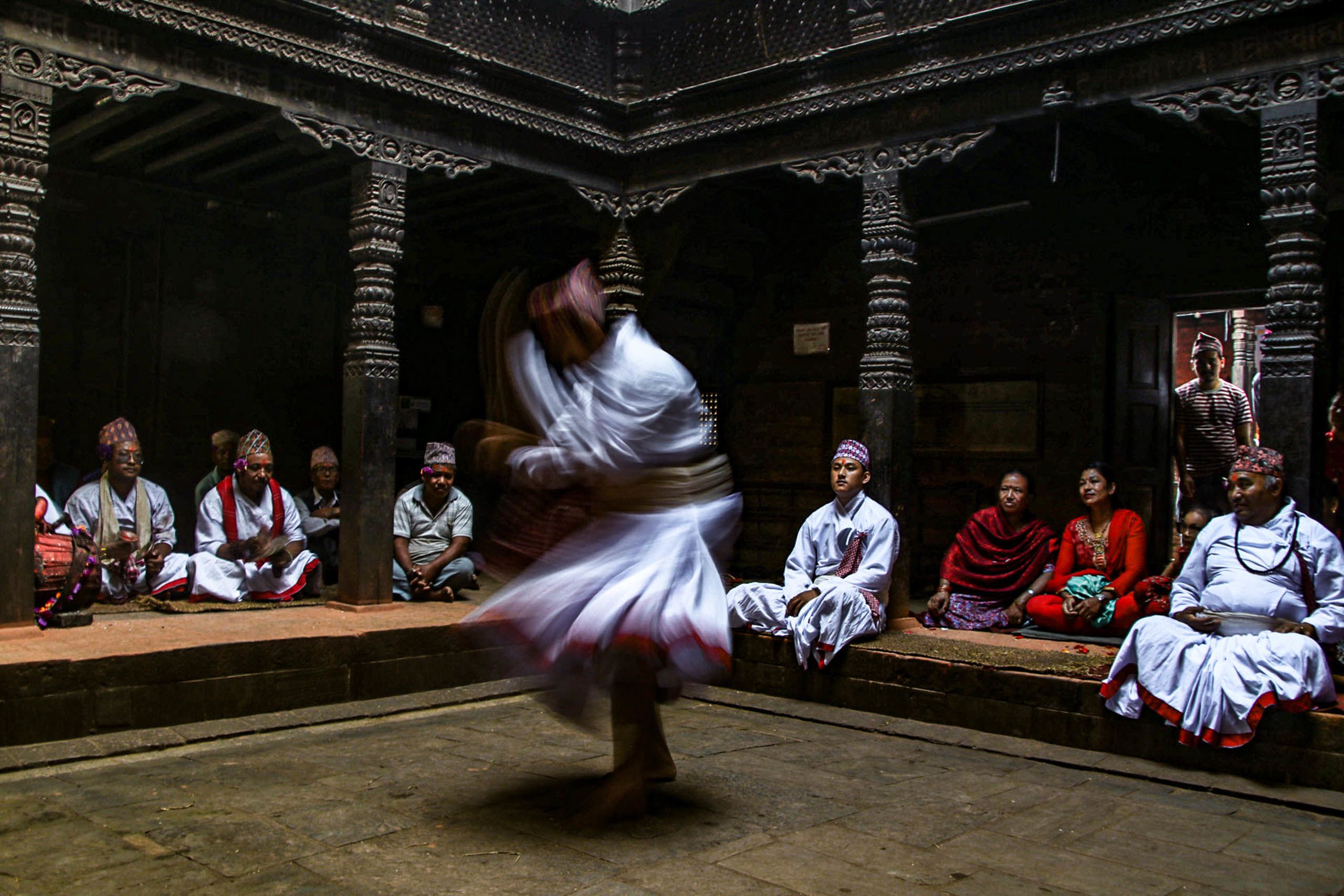
'Rebuilding worship': Devi Chakrabarti
A dancer performs at the Nava-Durga Temple courtyard during the festival of Ganesh Chaturthi or Cho:tha.
The Nava Durga Gana are members of the Banmala community, traditionally engaged in the flower-selling profession. Members of the community are exclusively entitled to participate in the ritual of wearing painted masks that represent the Nava Durga: nine demonic goddesses who protect the city of Bhaktapur.
"My study explores the interconnections between devotional life and post-earthquake reconstruction in Bhaktapur, Nepal, where a Communist municipal government has committed to rebuilding sites of worship.
"My fieldwork documents the interaction between devotees for whom the city is a site of devotion and traditions, and groups of officials whose concerns are with the city as an officially valorised heritage site.
"The photographs are from different festivals celebrated in Bhaktapur, but a theme of renewal is common to each of the images."
Below we see the festival of Gatha Mugha Cha:Re, in which people build and burn effigies of the malicious demon Ghanta Karna, who represents evil energies. Lastly, a procession to honour those who have passed away. Families must lead a cow or a calf, as these animals are believed to guide the souls of the dead.
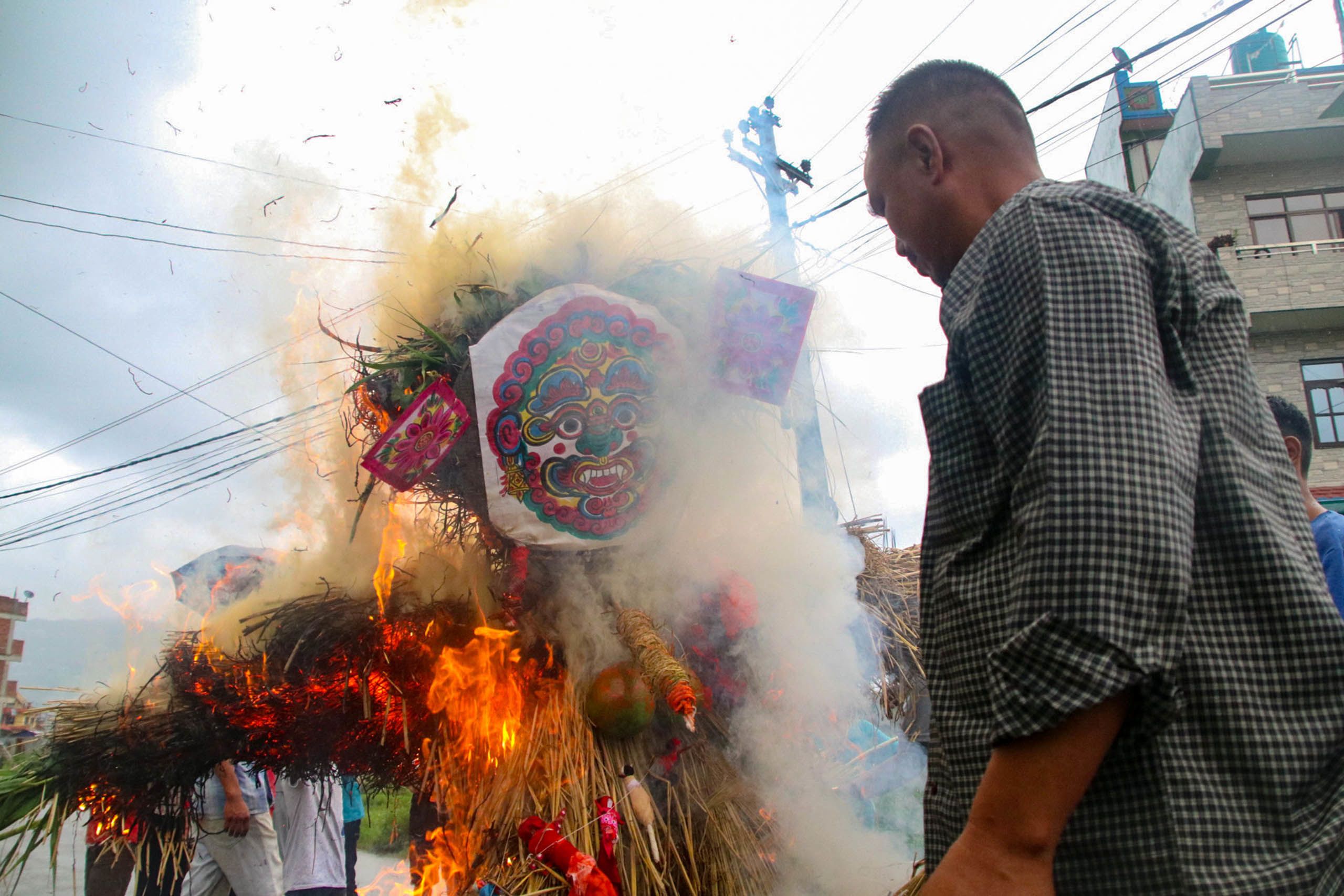
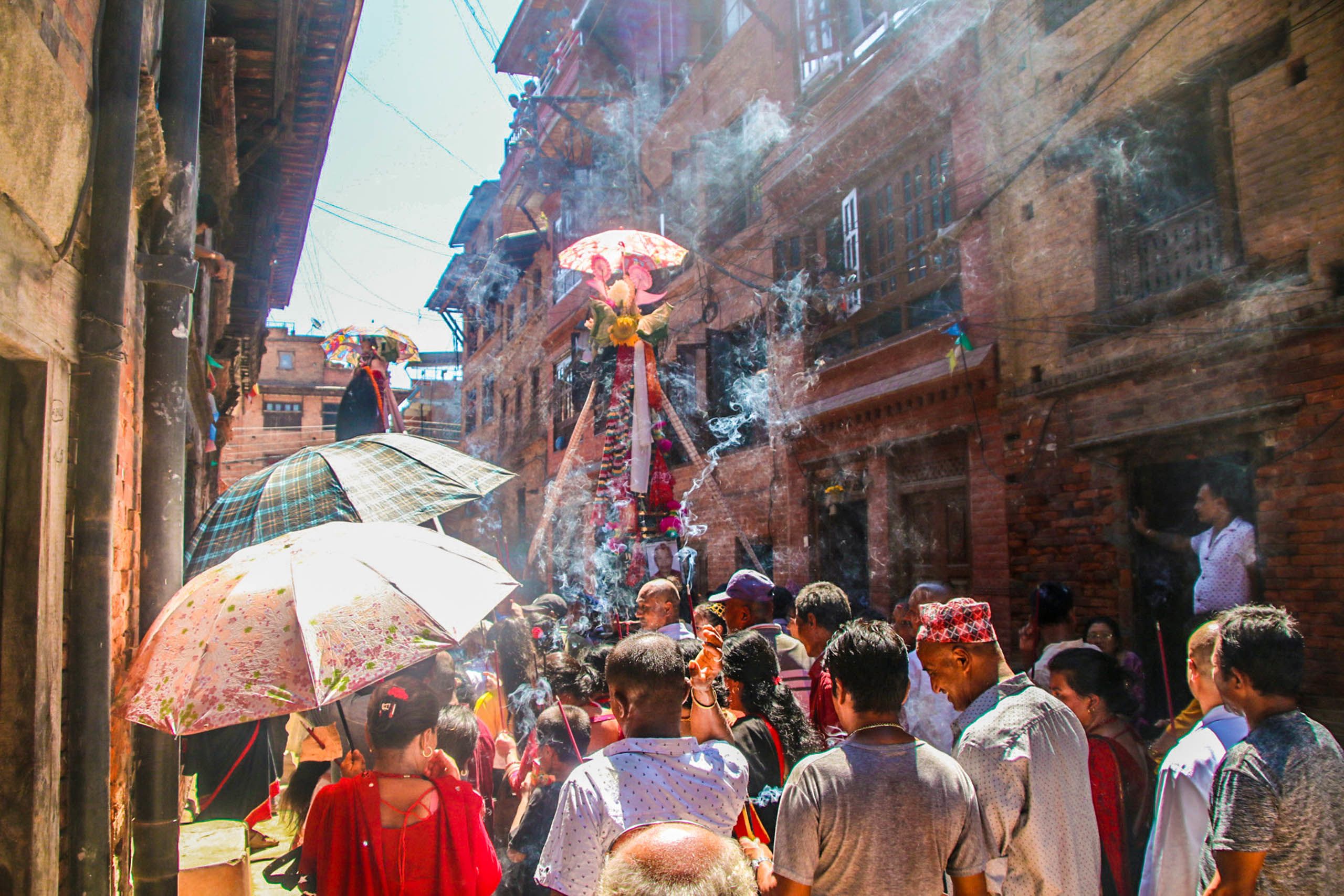
West Cornwall: Christie van Tinteren
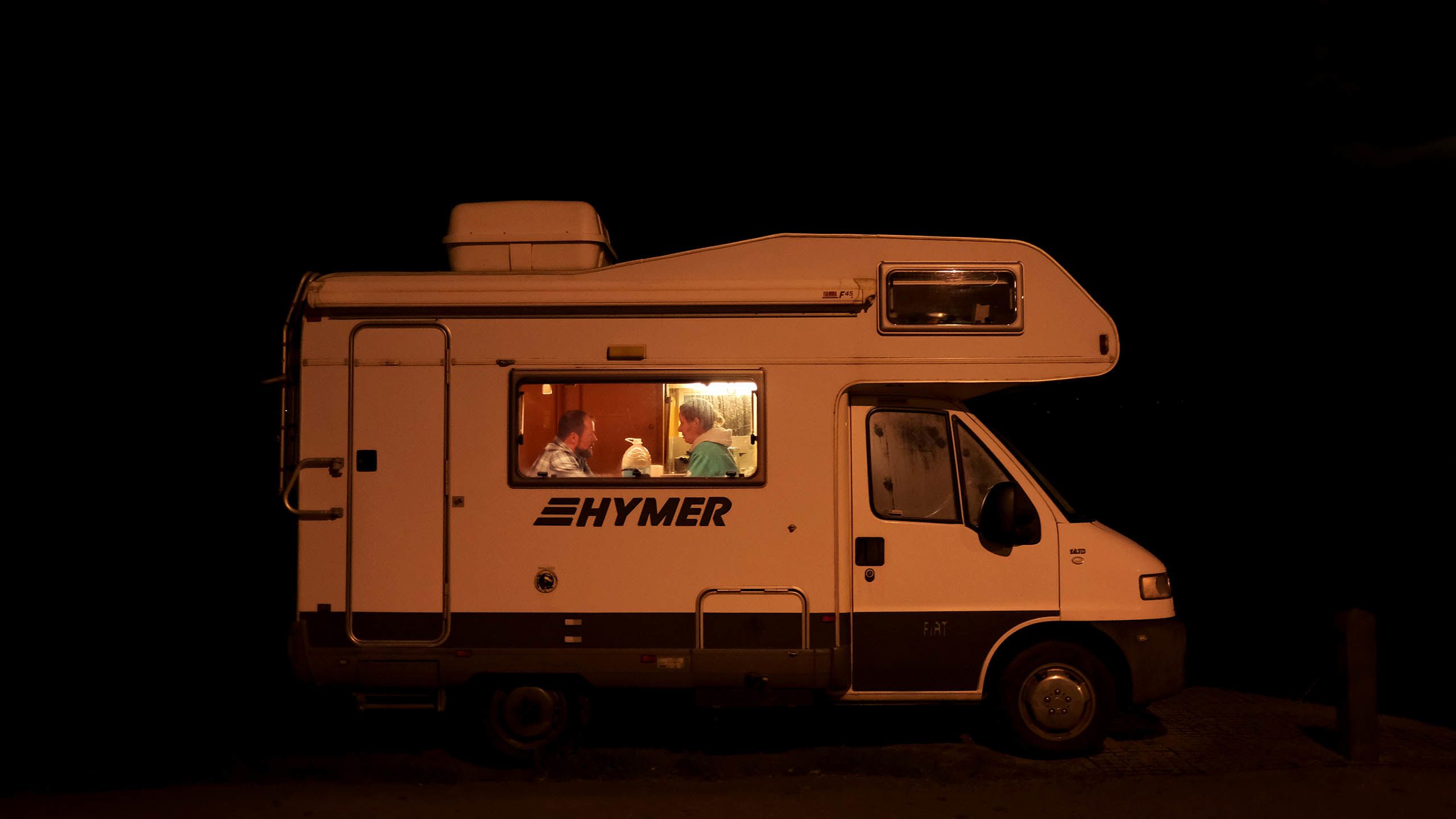
Perched beside the sea, a couple eat dinner in the caravan they currently live in. This stretch of road is dotted with caravans, while boats sat ashore in nearby carparks form further residences.
The situations of those who live in them vary – some see it as temporary, some have chosen it as a way of life, others have not – but their presence conveys the sheer demand for accommodation in this area of Britain.
"I have been conducting fieldwork in the town of Newlyn and villages of Paul and Mousehole in the far west of Cornwall.
"I am examining the relationships between industry and identity, processes of memorialisation and nostalgia, and the changing rhythms of life in rural Britain.
"I am gathering dozens of memoirs and diaries written over the past hundred-and-fifty years by residents of this area."
Below we see a group of local hunt saboteurs protest the "Western Hunt" meet over the road from the group of fifty-or-so assembled in support.
Then a boys’ trip to catch crabs off Newlyn’s Old Quay coincides with works to convert a former place of worship into a community café.
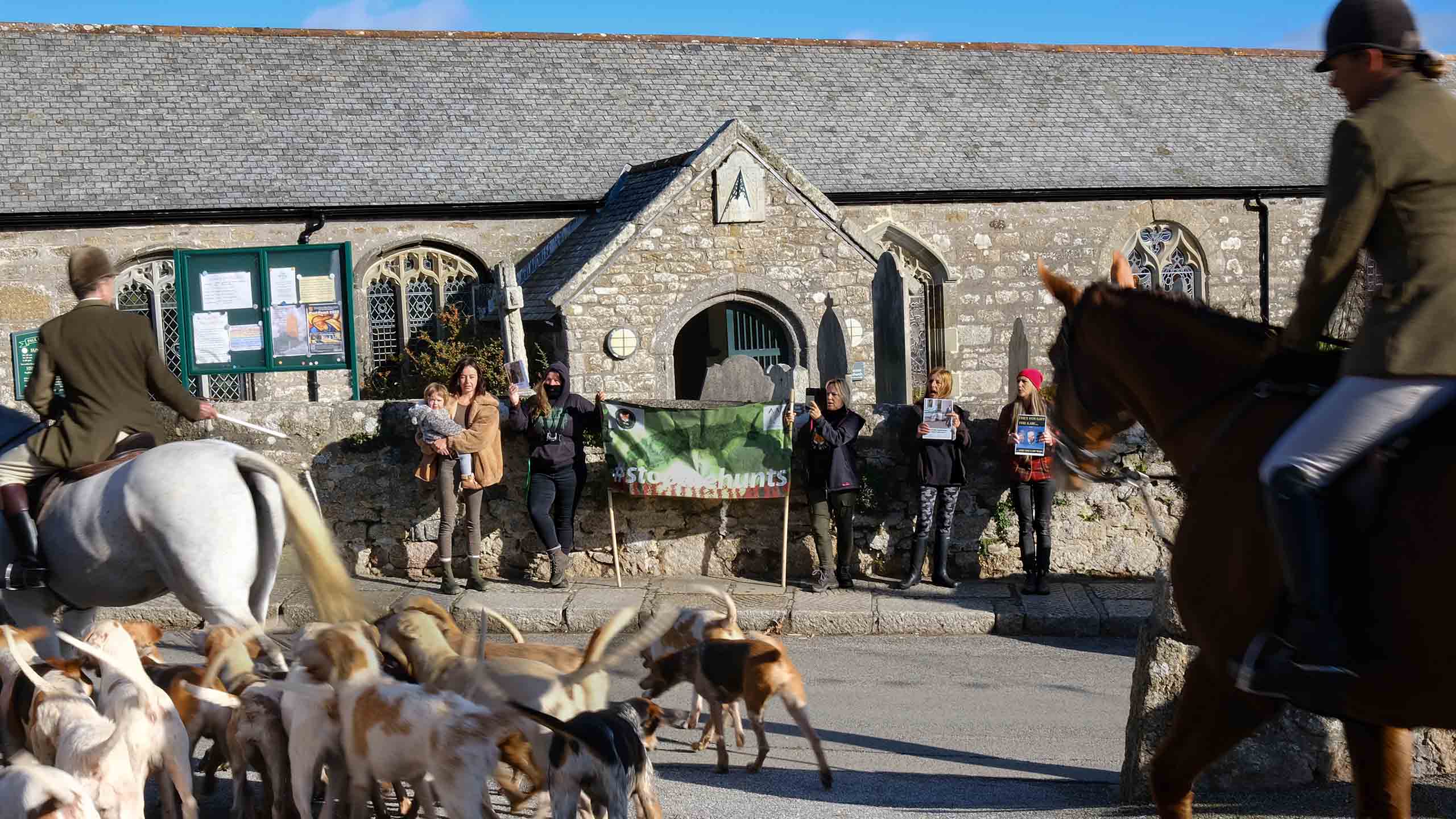
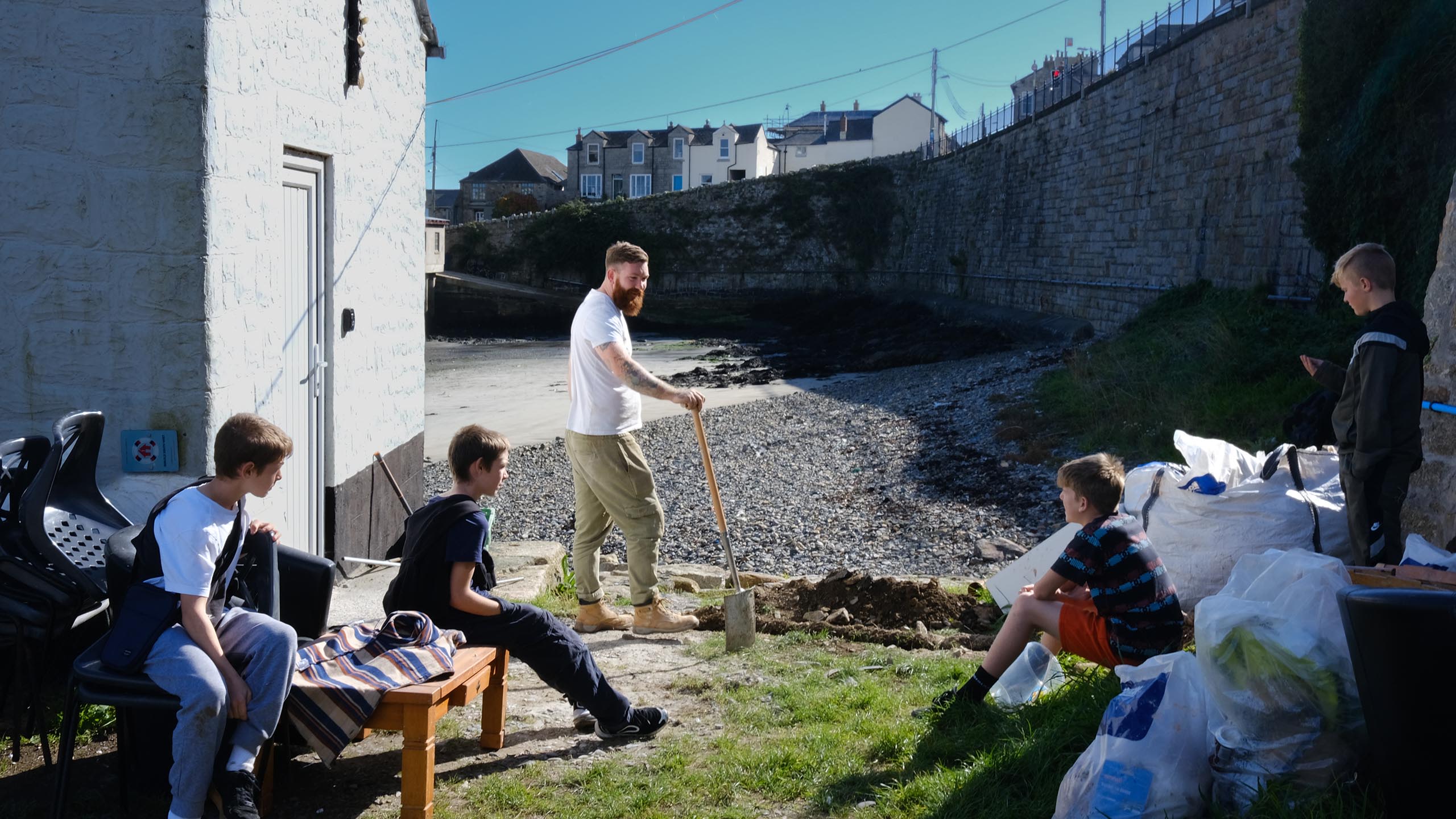
‘Dead souls’: João Kelmer
A singer faces a line of ornamented dancers, each personifying the soul of a specific deceased person. The movement and sound of the rattles soothe the unsettled souls upon their arrival in the village.
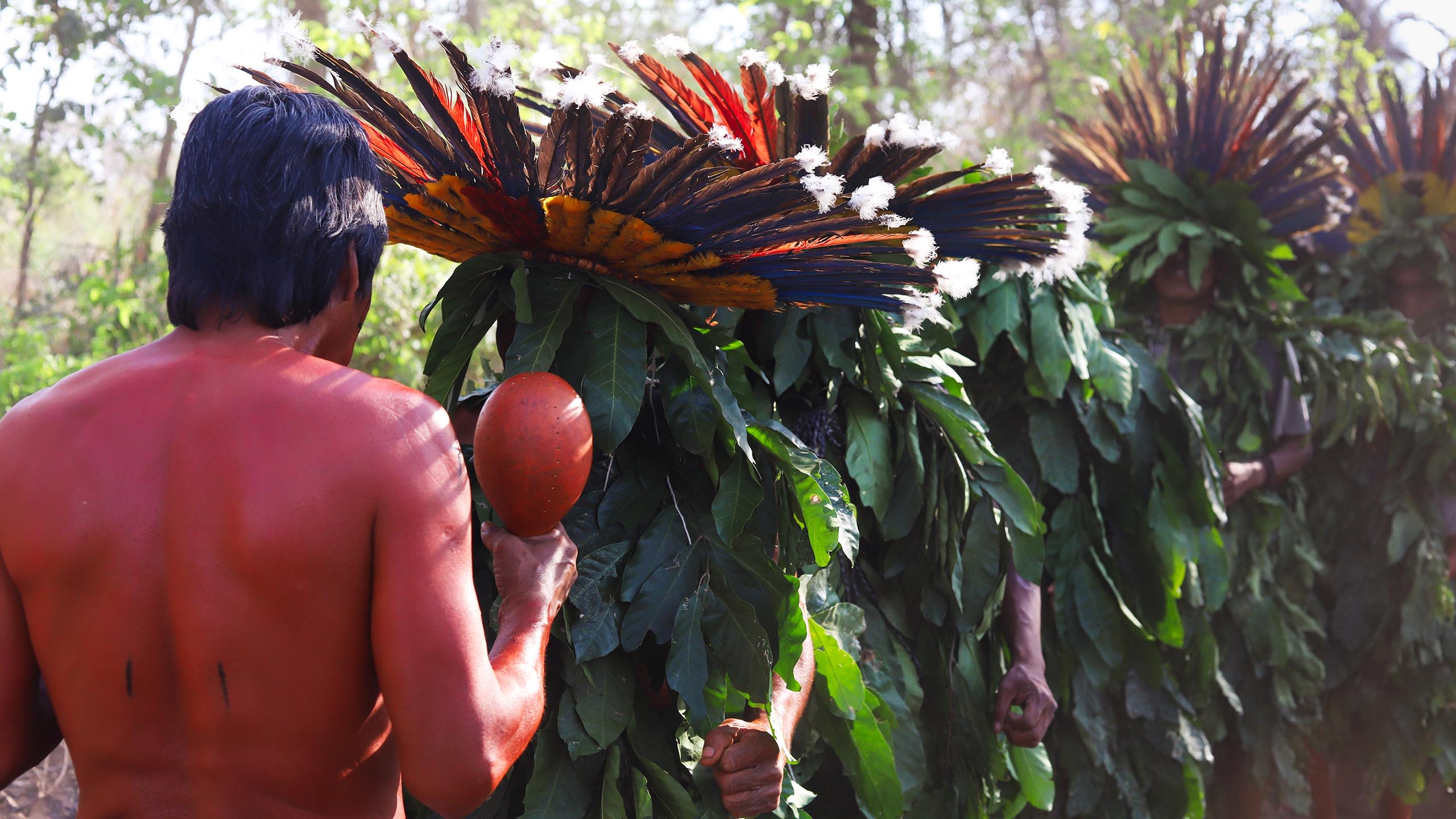
“The mortuary ceremonies performed by the Bororo, an indigenous people living in Central Brazil, employ a complex interplay of senses to evoke the memory of the dead.
“Each photo was taken during a different phase of the mortuary cycle and intends to display the centrality of body ornamentation in dealings with the aroe, the Bororo term for ‘dead souls’."
Below, a woman has her worn-out ornamentation adjusted in a pause from dancing with the mortuary basket.
Then, after avenging a death by killing an ocelot, a man is carefully adorned by the dead person’s kin.
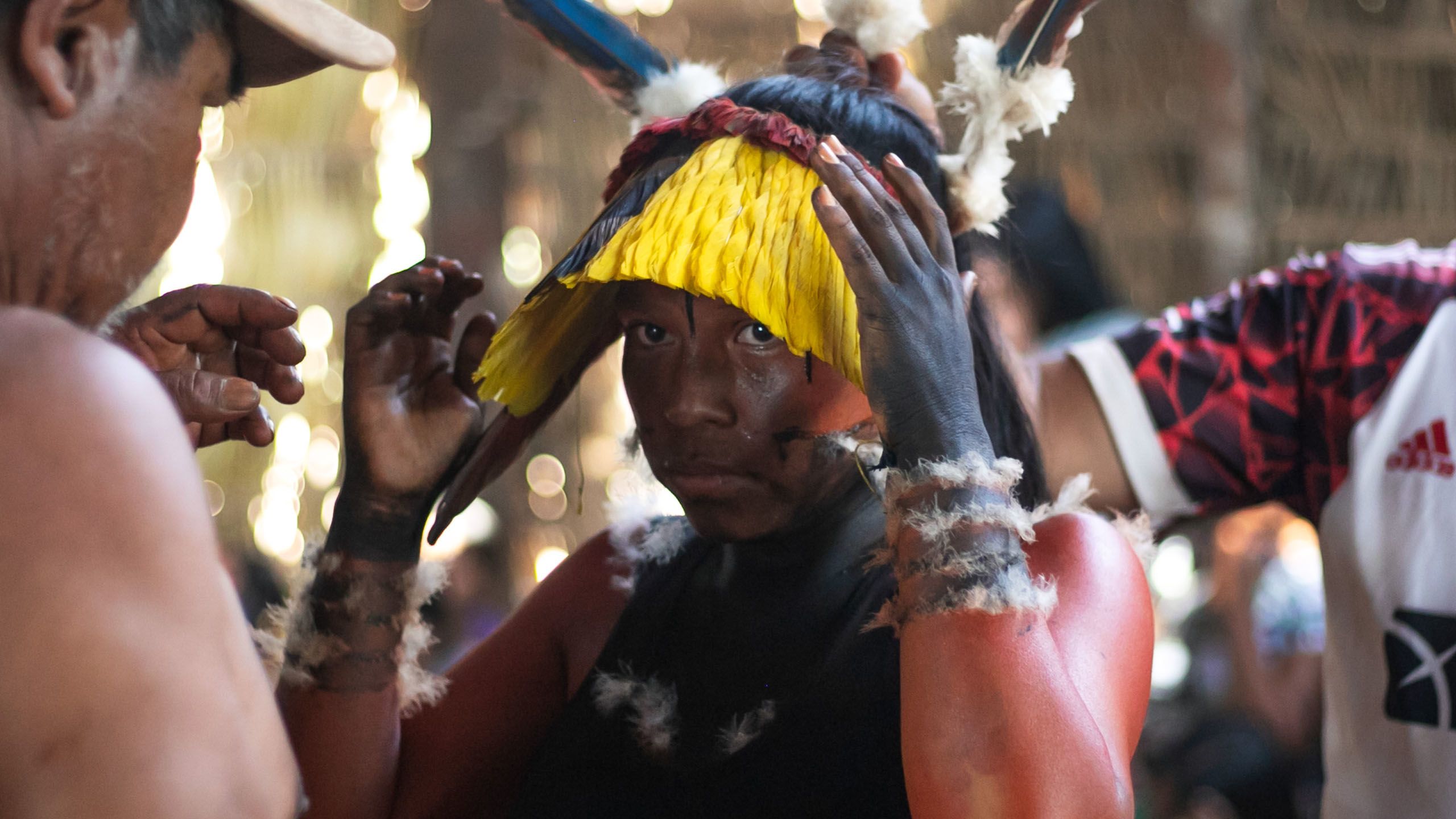
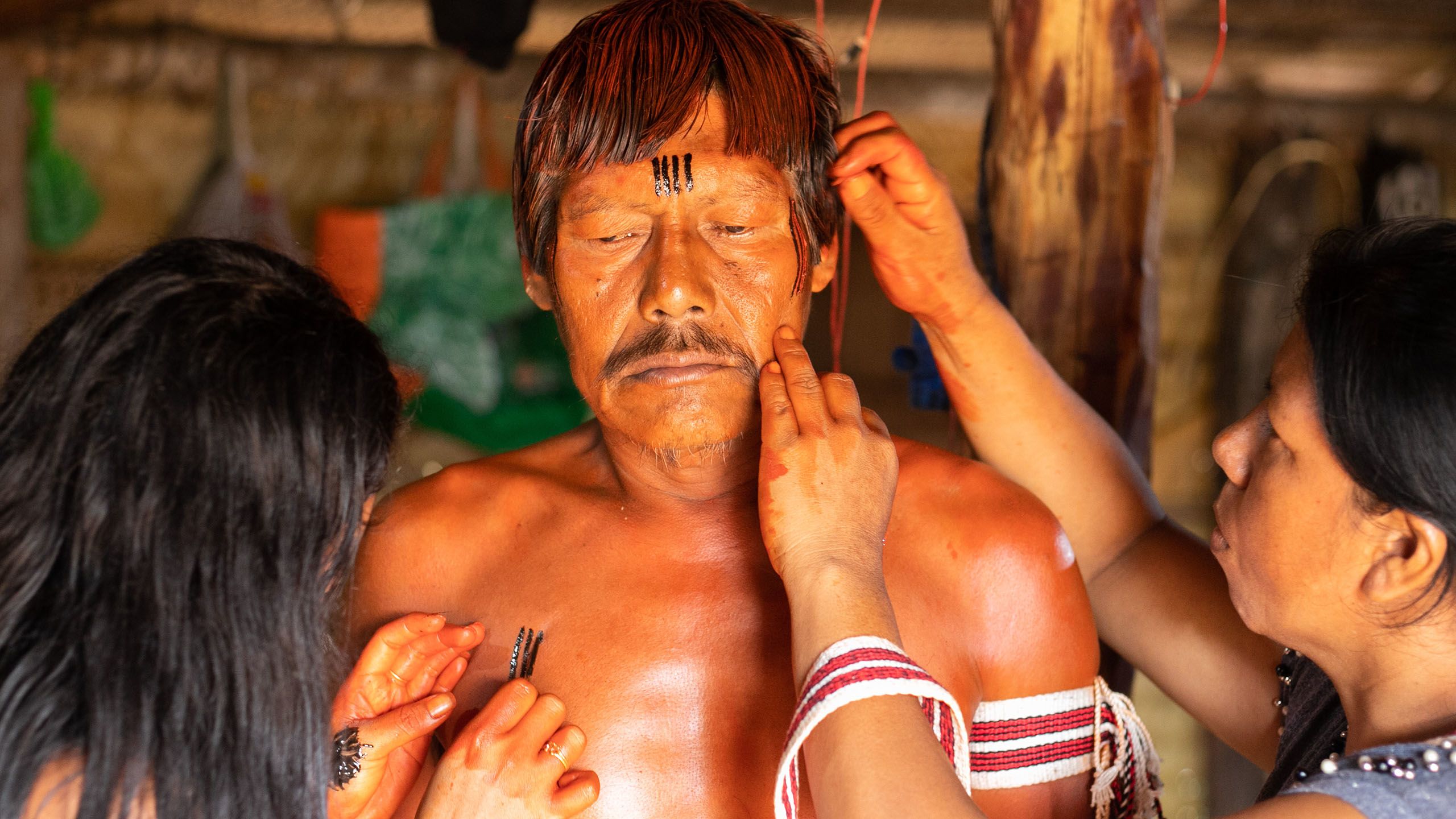
'Monument multiple': Sarthak Malhotra
People in the neighbourhoods surrounding the Taj Mahal visit shrines that offer views of the architectural marvel. Gazing at the Taj Mahal devotionally is a form of being in communion with saints.
"I conducted fieldwork with people who work and live in Taj Ganj, a neighbourhood in the immediate vicinity of the Taj Mahal in Agra, India.
"Taj Ganj’s residents increasingly contend with a confrontational state that views them as threats to the Taj Mahal’s preservation.
"A site of mass tourism and glorious national heritage, this 17th century mausoleum of Mughal royalty is now a fiercely contested symbol of Indian nationhood. What does this place of mean to those people who live in its immediate vicinity?"
Those who work as tour guides and photographers describe the Taj Mahal as a powerful magnet (chumbak). Lastly, to the masons who work at the monument, it is instead a living presence, an elderly relative in need of love and care.
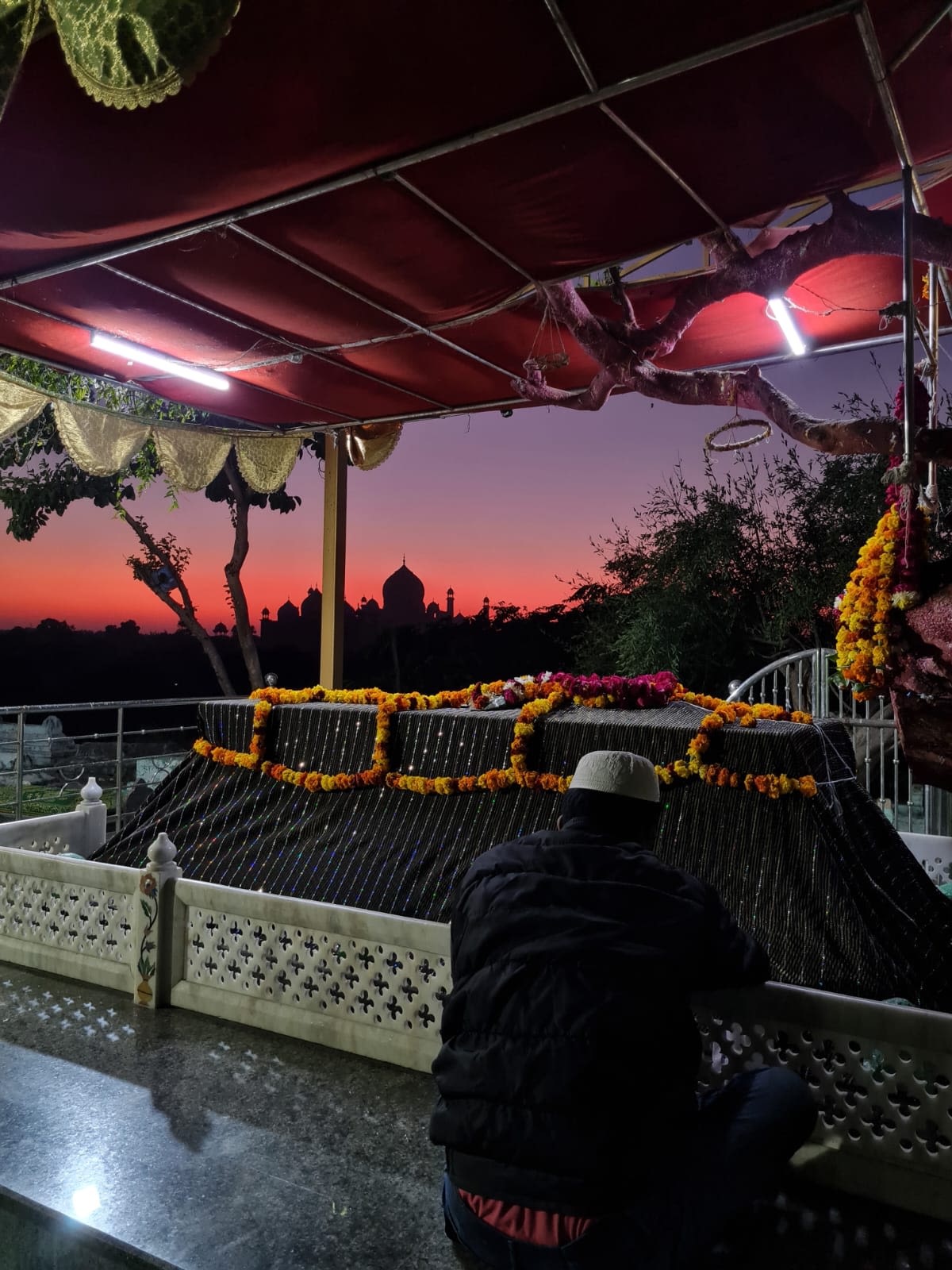
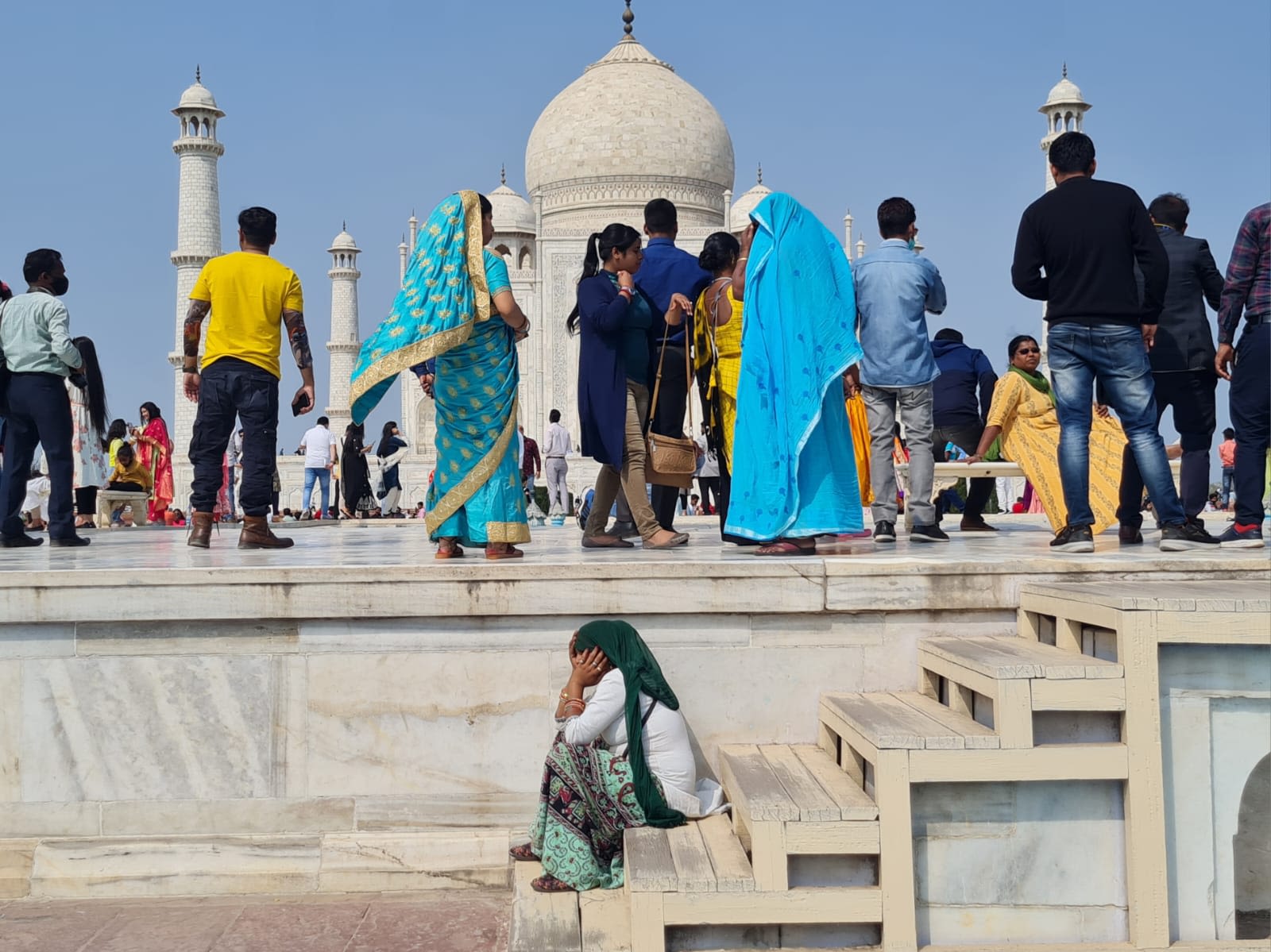
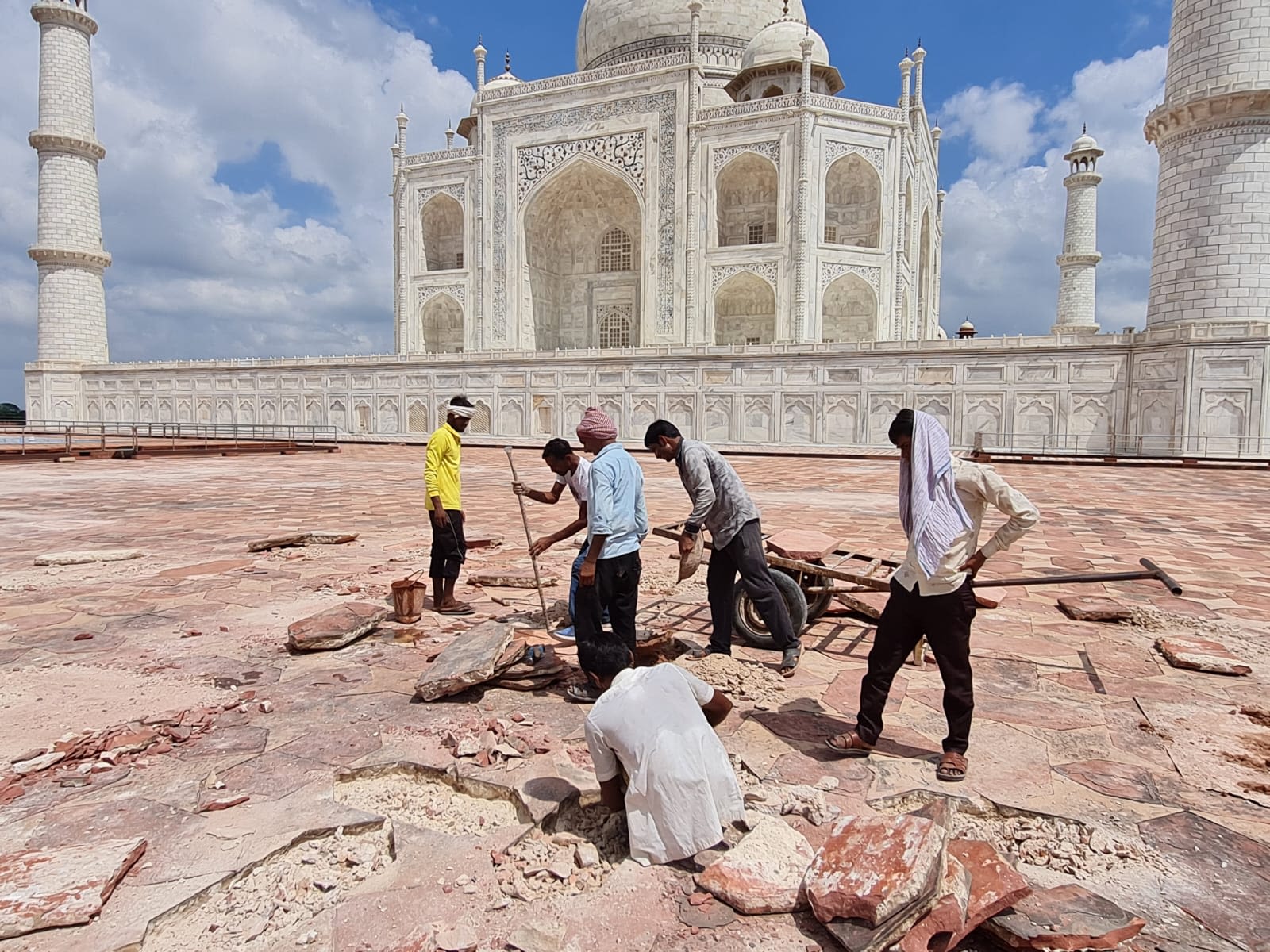
All images from the Department of Social Anthropology's Postgraduate Photography Celebration 2023.
The prizewinners this year are, in a tie for first place, Sally Montgomery and Devi Chakrabarti, with Christie van Tinteren in second place and in joint third place João Kelmer Caldeira de Andrada and Sarthak Malhotra.
